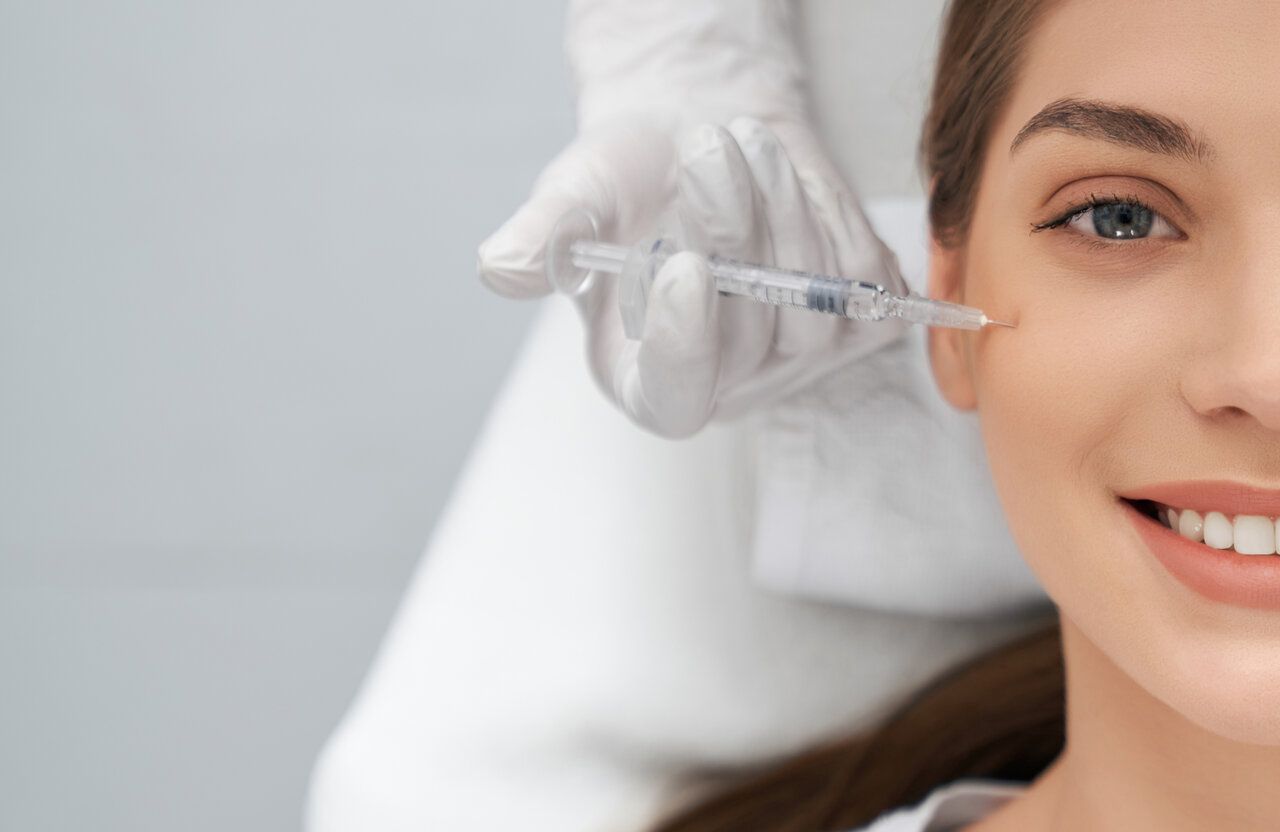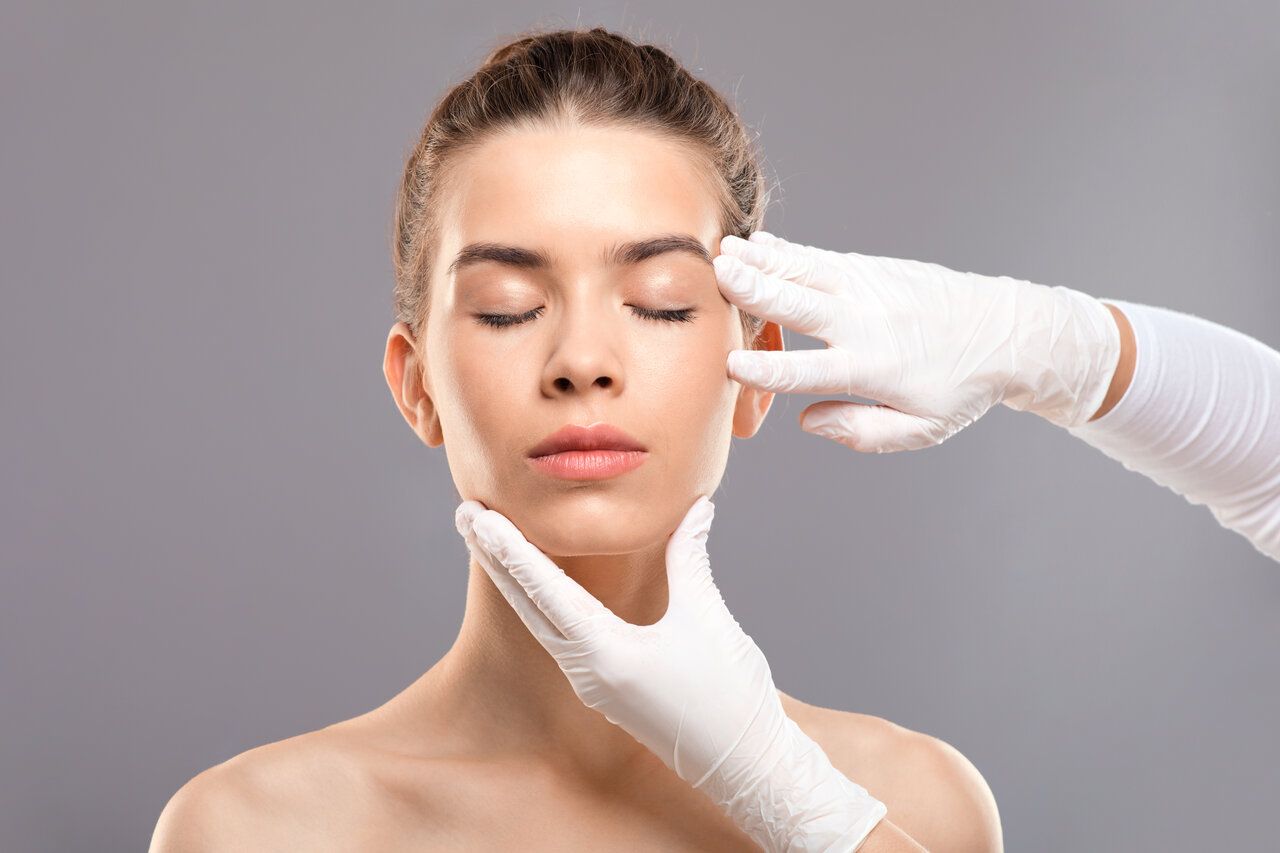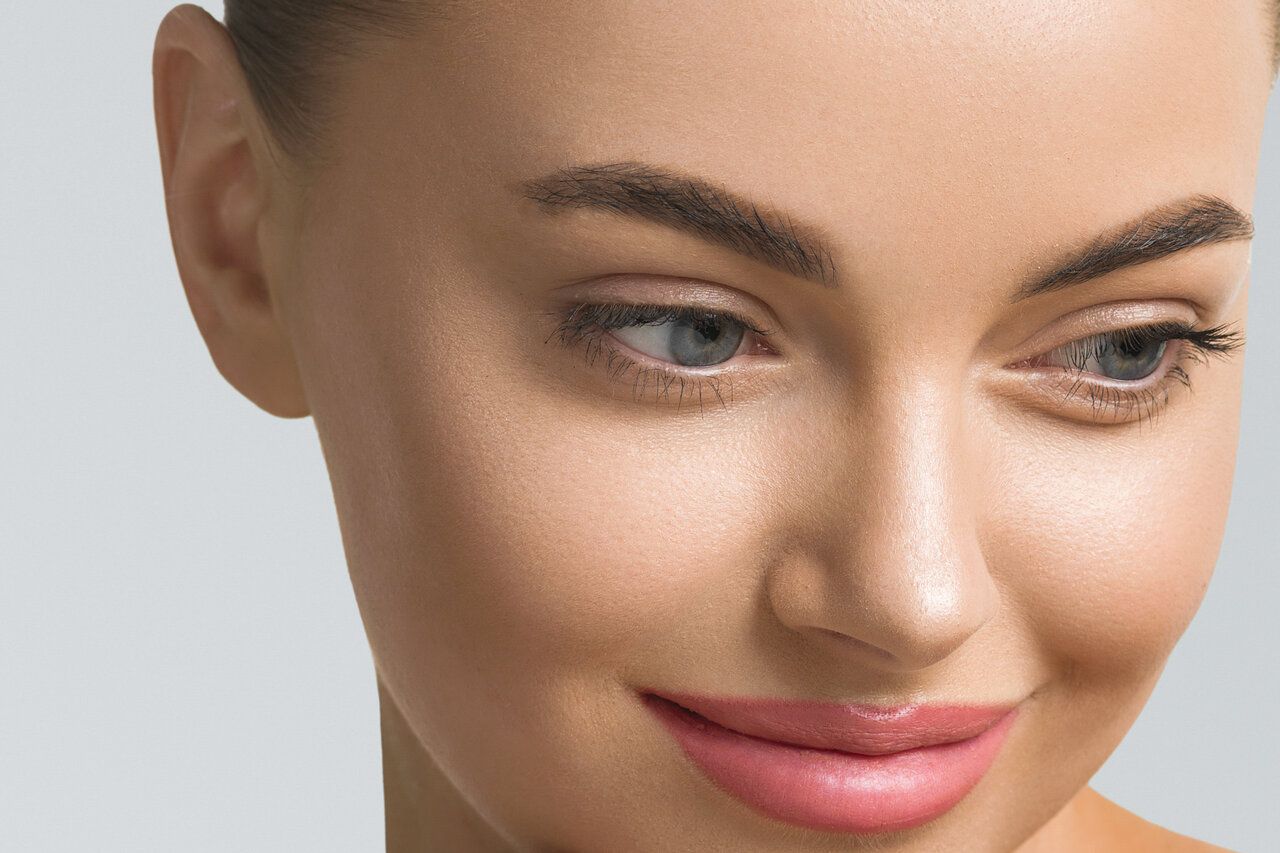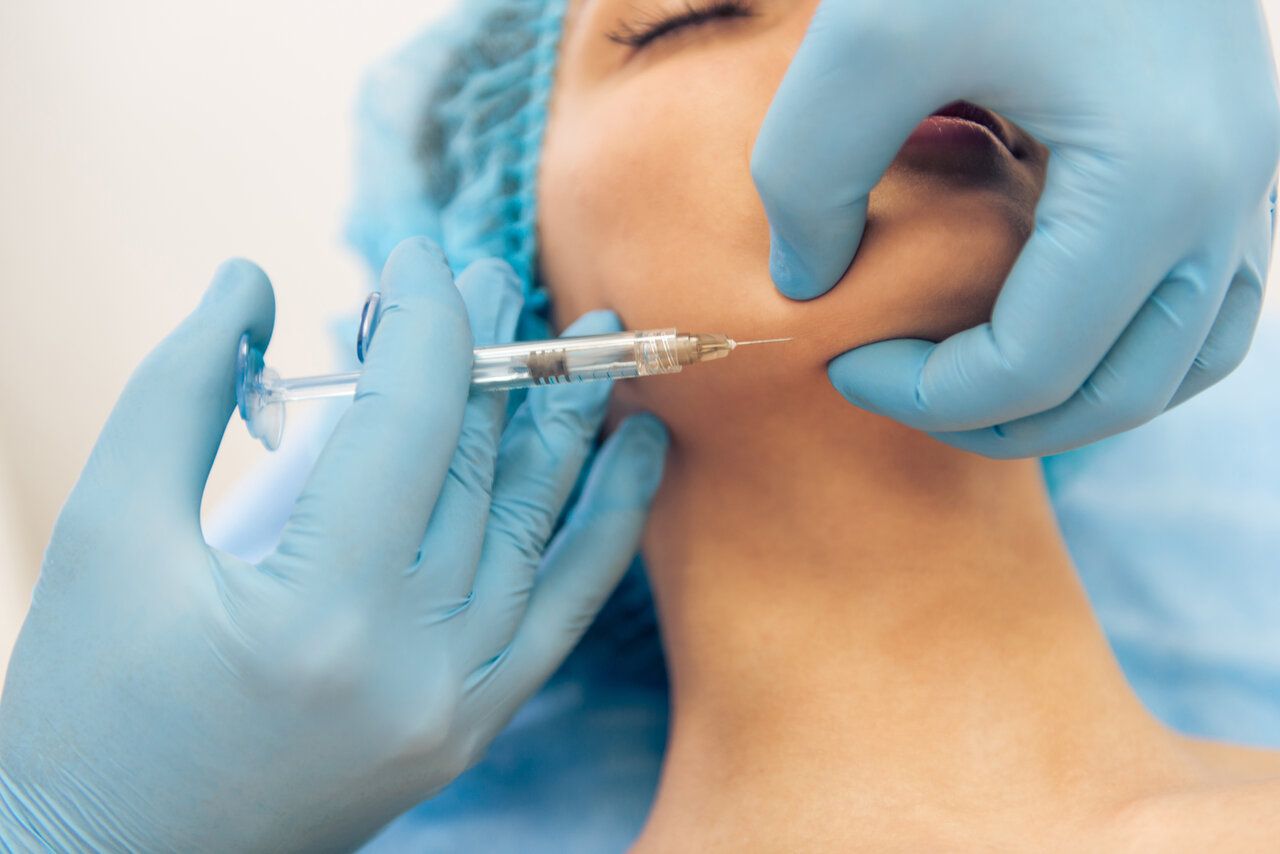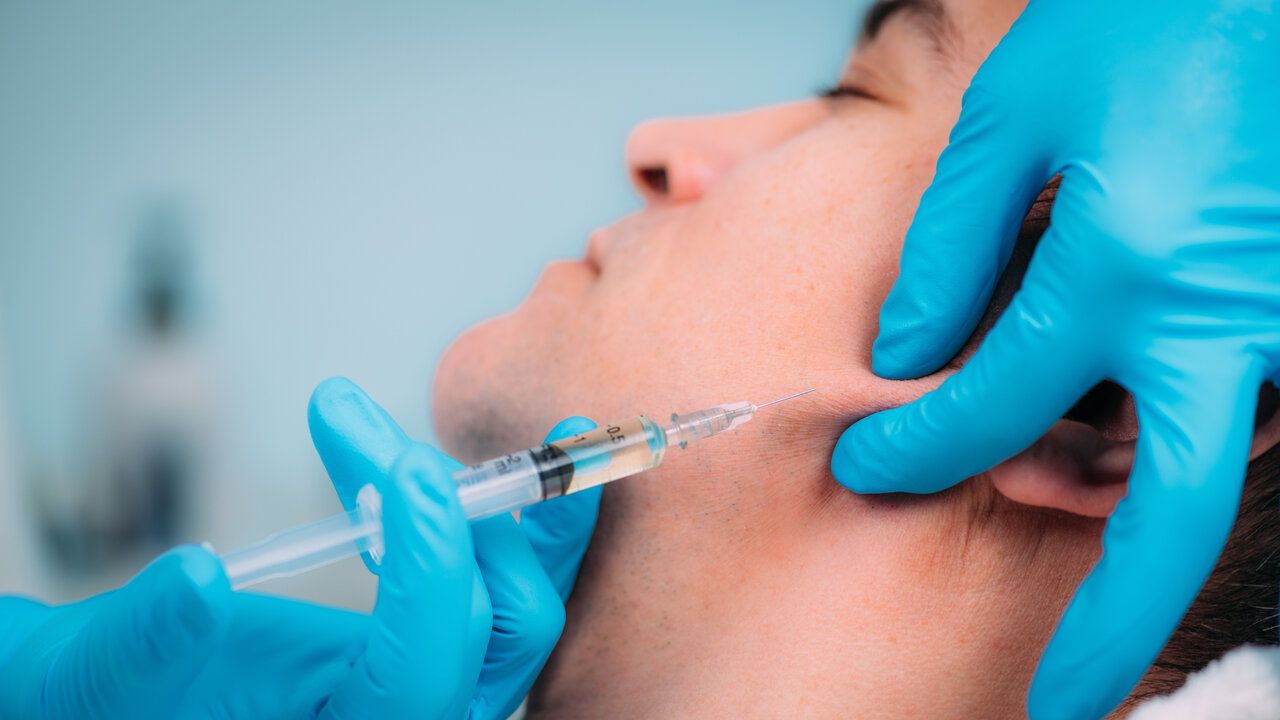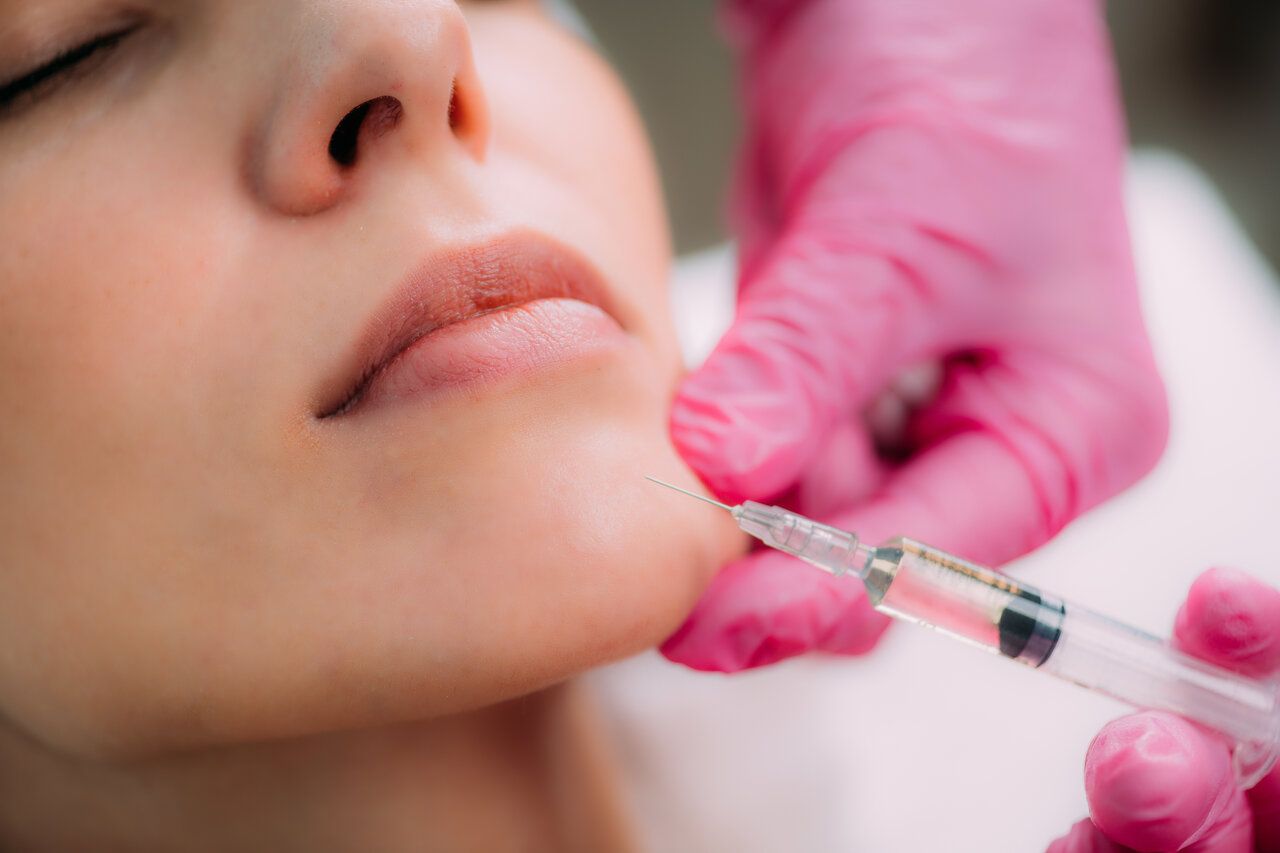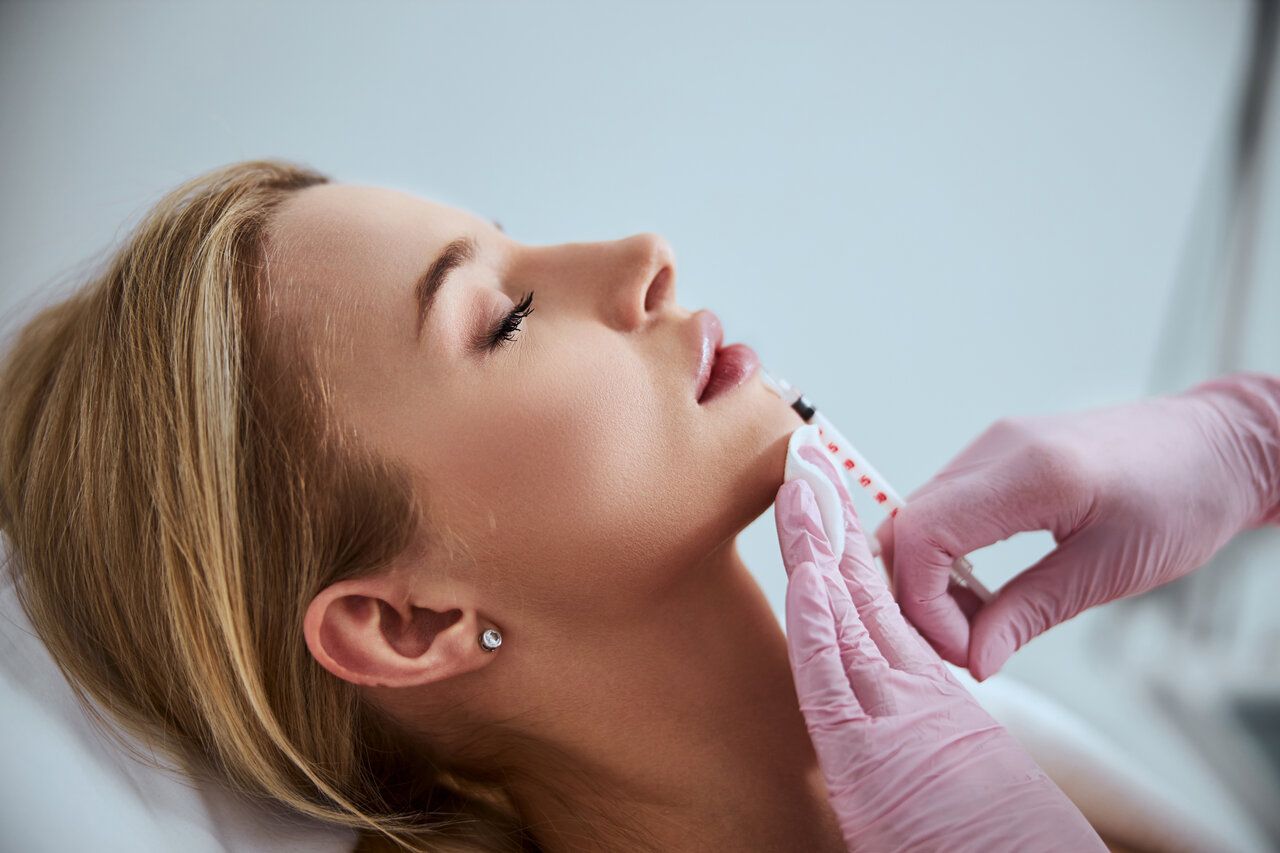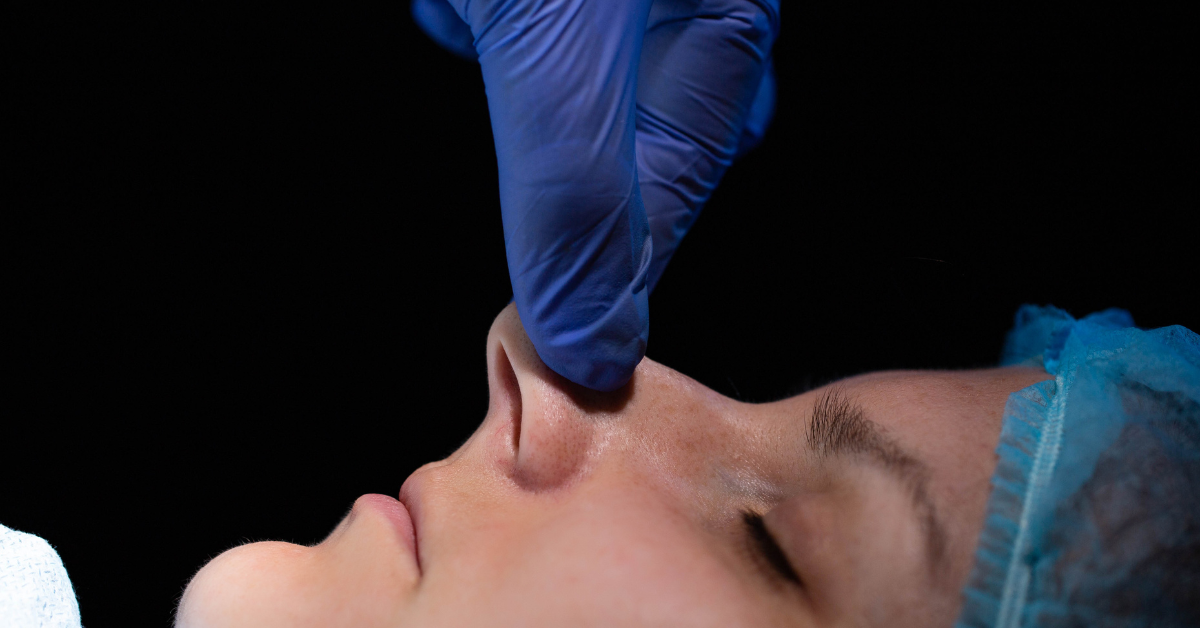How Much Are Sculptra Injections In NYC?
Are you considering Sculptra injections for a youthful and refreshed appearance, but unsure of the cost? With so many factors to consider, it can be challenging to determine the price range for this popular cosmetic treatment. Sculptra Injectables is a non-surgical facial rejuvenation procedure that stimulates collagen production, resulting in a natural-looking lift and improved skin texture. As the demand for Sculptra injectables grows, so does the price tag in different areas.
So, how much do Sculptra injectables cost in New York City? The answer is not a straightforward one. Various variables affect the price of this treatment, including the provider’s experience, the number of sessions required, and the targeted area. In this article, we discuss the factors that impact the cost of Sculptra and provide you with an estimated price range to help you make an informed decision.
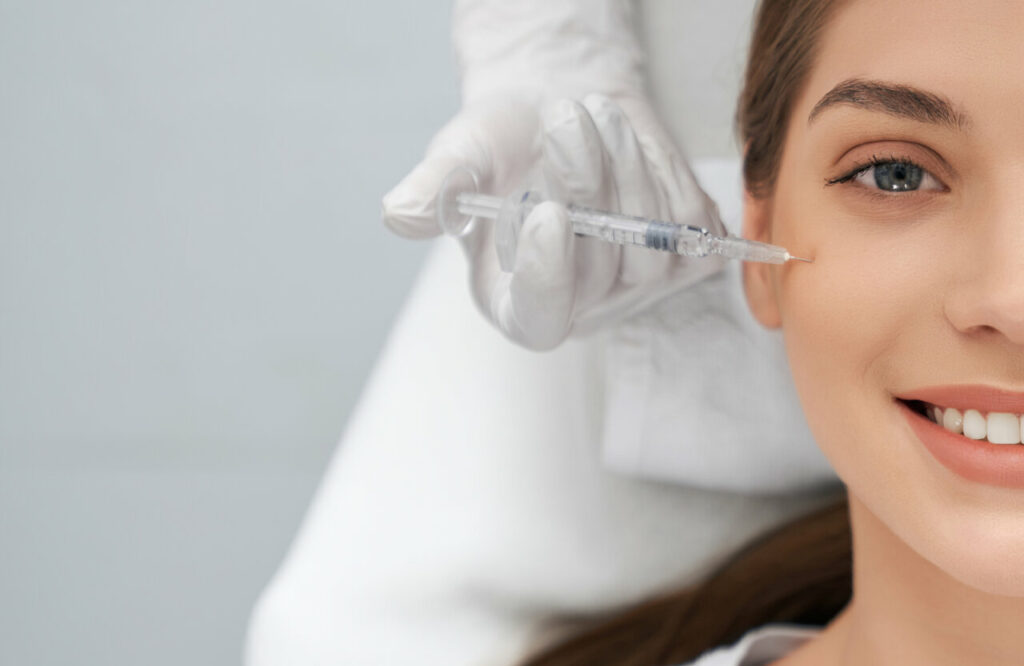
What Are Sculptra Injections?
Sculptra injections are a type of cosmetic procedure that involves injecting a biocompatible substance called poly-L-lactic acid (PLLA) into the skin to stimulate collagen production. Collagen is a protein that gives skin its elasticity and youthful appearance. Sculptra injections are commonly used to treat wrinkles, fine lines, marionette lines, and facial volume loss, particularly in the midface area. Unlike other dermal fillers, the effects of Sculptra injections are gradual and can take several months to become visible.
How Long Do Sculptra Injections Last?
The effects can last for up to two years, depending on the individual and the amount of product used. However, it is important to note that the results of Sculptra are not immediate, and multiple treatment sessions spread out over several months may be required to achieve desired results. It is also recommended to follow a healthy lifestyle and skincare regimen to maintain the effects of Sculptra.
How Much Do Sculptra Injections Cost In NYC?
The average cost of Sculptra Injections in NYC can vary depending on several factors, including the provider, the number of treatment sessions required, and the amount of Sculptra needed to achieve the desired results. On average, patients can expect to pay around $1,000 to $2,500 per treatment session, with most individuals requiring at least two to three sessions.
It is important to note that the cost of Sculptra Injections may be higher if the treatment is performed by a highly experienced provider in a premium location. Patients should consult with a qualified plastic surgeon to receive an accurate estimate of the cost of Sculptra for their specific needs.
What Factors Affect The Price Of Sculptra Injections?
- Geographic location: One of the most significant factors that affect the price of Sculptra injections is the geographic location of the clinic. Generally, clinics in metropolitan areas and cities tend to charge more than those in rural areas. This is because the cost of living and operating a business is higher in urban areas.
- Experience and reputation of the injector: The experience, skill, and reputation of the injector can also affect the price of Sculptra injections. Highly experienced injectors with a good reputation may charge higher prices for their services because they have a proven track record of delivering excellent results.
- Number of treatments needed: Sculptra is a gradual treatment that usually requires multiple sessions to achieve the desired results. The number of treatments needed will depend on your individual needs and goals. Generally, the more treatments needed, the higher the overall cost of the procedure.
- Amount of Sculptra used: The amount of Sculptra used during each treatment can also affect the price of the injections. The more Sculptra is used, the higher the cost of the procedure. However, it is essential to note that using too little Sculptra may not achieve the desired results.
- Clinic overhead costs: The overhead costs of the clinic can also affect the price of Sculptra injections. Clinics with high overhead costs, such as rent, utilities, and employee salaries, may charge more for their services to cover these expenses.
- Special offers and discounts: Clinics may offer special offers and discounts on Sculptra injections to attract new patients or reward loyal customers. These offers and discounts can significantly reduce the cost of the procedure, making it more affordable for patients.
What Are The Benefits Of Sculptra Injections?
Boosts Collagen Production
One of the most significant benefits of Sculptra is that it stimulates collagen production. Collagen is a protein that helps to keep the skin firm and smooth. As we age, the production of collagen slows down, leading to wrinkles and sagging skin. Sculptra can help to stimulate collagen production, which can restore your skin’s elasticity and firmness.
Natural-Looking Results
Sculptra is designed to provide natural-looking results. The treatment gradually improves your skin’s appearance, so your friends and family will not notice a sudden change in your appearance. The gradual process also means that you can customize the results to achieve the look you desire.
Non-Surgical Procedure
Sculptra is a non-surgical procedure that does not require any incisions or anesthesia. It is an injectable treatment that is performed in the comfort of your doctor’s office. Unlike surgical procedures, Sculptra has a shorter recovery time, and you can return to your daily activities the same day.
Long-Lasting Results
Sculptra is a long-lasting treatment that can last up to two years. Other treatments may require regular maintenance appointments, which can be inconvenient and expensive. Sculptra can provide long-lasting results, which means you can enjoy your youthful appearance for an extended period.
Improves Skin Texture
Sculptra can also improve your skin’s texture. It can help to smooth out any rough patches and make your skin feel soft and supple. The treatment can also address acne scars, sun damage, and other imperfections that affect your skin’s texture.
Is 1 Vial Of Sculptra Enough?
Whether or not 1 vial of Sculptra is enough depends on the individual’s specific needs and goals. Sculptra is a type of dermal filler that is used to add volume and stimulate collagen production in the targeted area. A single vial of Sculptra typically contains 3 to 4 treatments and is usually recommended for use over a period of several months.
The number of vials needed will depend on the treatment area, the desired outcome, and the individual’s unique facial structure. It is best to consult with an expert provider to determine how many vials of Sculptra will be necessary to achieve the desired results.
Am I A Good Candidate For Sculptra?
Determining whether you are a good candidate for Sculptra requires a consultation with a qualified healthcare professional. Sculptra is a dermal filler that is used to address the loss of facial volume and improve the appearance of wrinkles and sunken areas. It is suitable for those who are experiencing mild to moderate signs of aging, such as hollow cheeks, deep facial wrinkles, and sagging skin.
However, injectable fillers may not be appropriate for individuals who have severe or heavily sagging skin. Additionally, individuals who have certain medical conditions or are taking certain medications may not be good candidates for Sculptra. It is important to discuss your medical history and expectations with a qualified healthcare professional to determine whether Sculptra is right for you.
Book A Scrulptra Consultation
Booking a Sculptra consultation is the best way to determine whether it’s the right option for you. The procedure requires both technical skill and artistry, so consulting with a board-certified plastic surgeon is essential. At our clinic, we provide consultations with our talented team of physicians who specialize in this injectable treatment.
Our approach to beauty involves taking into account your individual needs while providing personalized care that makes sure your safety comes first. We take the time to get to know each client and their goals during the consultation appointment so that together, we can decide on an appropriate plan tailored to you. Our goal is not only to help you look beautiful but also to feel confident about yourself!
